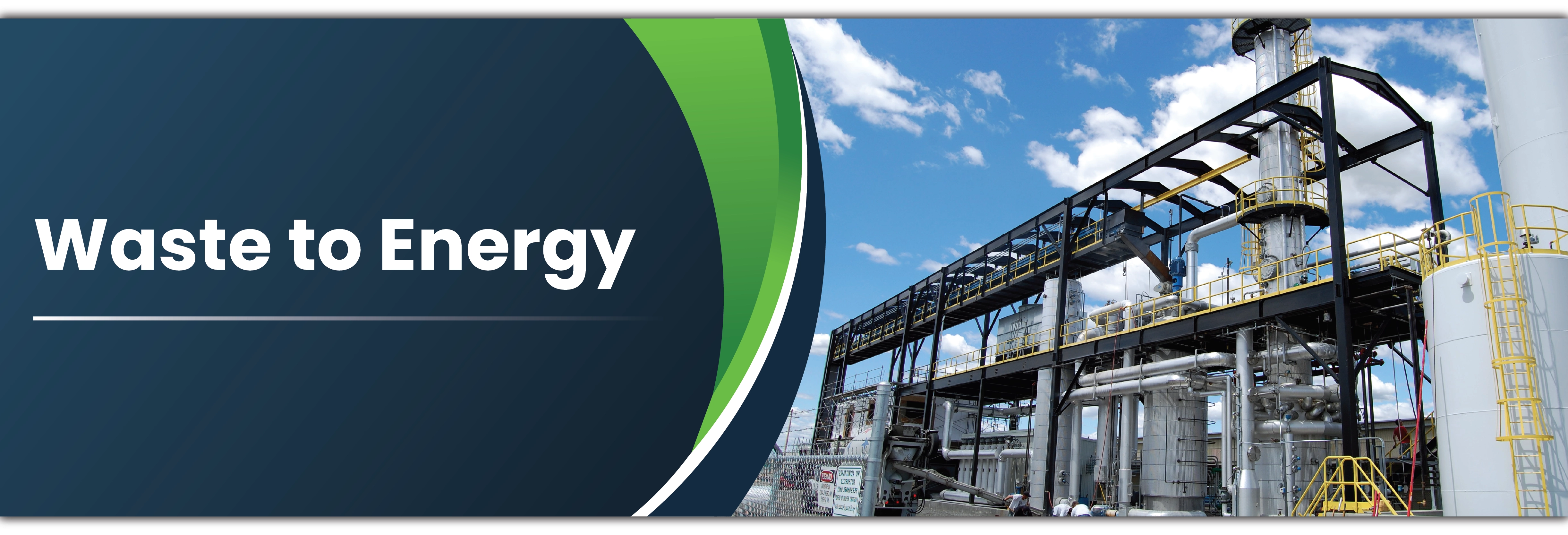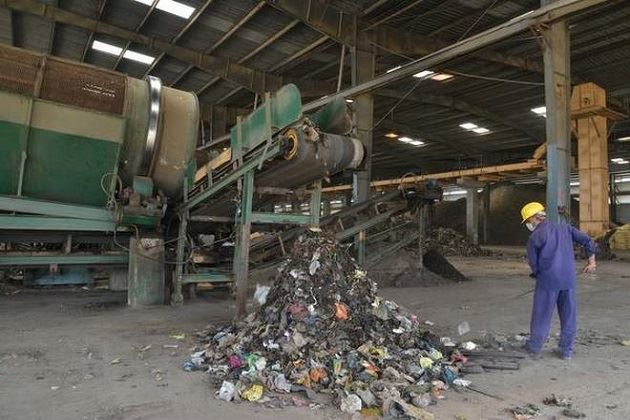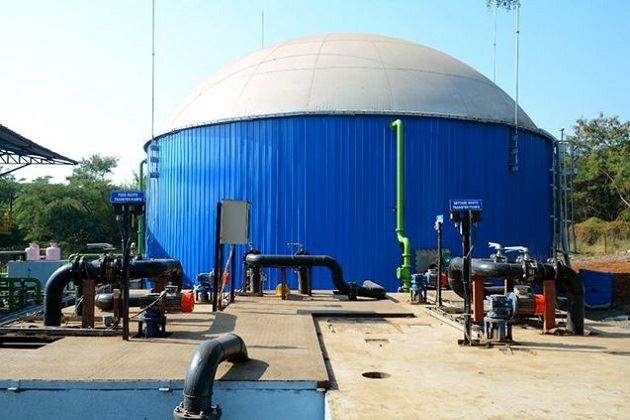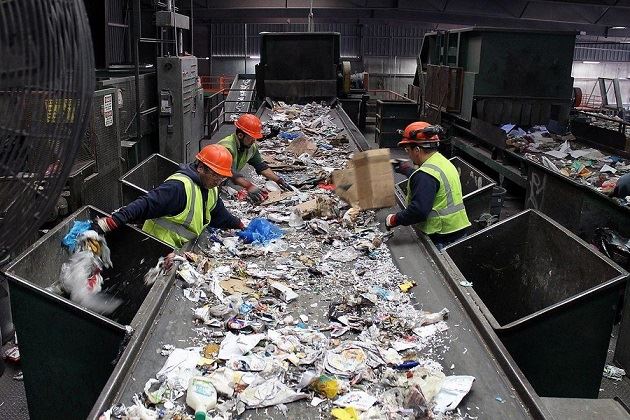
Waste-to-Energy Types
The process of creating energy by burning waste items is known as "waste-to-energy. Through this process, electricity, heat, and steam can be produced, which can be subsequently used for a variety of things. Waste-to-energy technology can provide a sustainable source of energy while also minimising the environmental effects associated with conventional power generation. It is an economical and effective approach to cutting down on the quantity of waste that is delivered to landfills. The global effort to lower greenhouse gas emissions and address climate change includes waste-to-energy as a key component. It is also a promising replacement for conventional energy sources like coal and oil, which are running out faster.
Waste-to-energy is the process of generating energy from the burning of waste materials. This process can be used to generate electricity, heat, and steam, which can then be used for a variety of purposes. Waste-to-energy technology is an efficient and effective way to reduce the amount of waste that is sent to landfills and can provide a sustainable source of energy while simultaneously reducing the environmental impacts associated with traditional power generation. Waste-to-energy is an important part of the global effort to reduce greenhouse gas emissions and combat climate change. It is also a promising alternative to traditional energy sources such as coal and oil, which are becoming increasingly scarce. In addition to reducing emissions, waste-to-energy can also help reduce the amount of waste sent to landfills, as well as the need for extracting new sources of energy.
To maximise the efficiency of waste-to-energy, it is important to consider the types of waste materials that are suitable for the process. Organic waste such as food, paper, and yard waste are the most commonly used materials in waste-to-energy projects, as they burn cleanly and produce a large amount of energy. Other materials, such as plastics, metals, and electronic waste, can also be used, but they may require additional processing to make them suitable for burning. Additionally, some types of materials, such as hazardous waste, medical waste, and radioactive waste, should not be burned as they can release toxic substances into the environment.Waste to Energy
-
Incineration: the burning of waste at high temperatures to reduce the volume of waste and produce a usable form of energy.
Gasification: A chemical reaction that breaks down organic waste material into a combustible gas that can be used to generate electricity.
Pyrolysis: A chemical process that breaks down organic waste material into combustible gases and solids that can be used to generate electricity.
Anaerobic Digestion: The decomposition of organic waste material in an oxygen-free environment to produce biogas and other byproducts.
Plasma Gasification: A process of using plasma to break down organic waste material into combustible gases and solids that can be used to generate electricity.



FAQs – Waste to Energy
Q1. What is meant by waste to energy?
Ans. The conversion of non-recyclable waste materials into usable heat, electricity, or fuel via a variety of processes such as combustion, gasification, pyrolysis, anaerobic digestion, and landfill gas recovery is known as energy recovery from waste. This is typically called to as waste to energy.
Q2. What are the methods of waste to energy?
Ans. Waste to Energy (WTE) refers to various technologies that convert non-recyclable waste into usable forms of energy such as heat, fuels, and electricity. WTE can be achieved through a variety of methods, including incineration, gasification, pyrolysis, anaerobic digestion, and landfill gas recovery.
Q3. What are the disadvantages of waste-to-energy?
Ans. There are numerous drawbacks to waste-to-energy. They include the pollution and particulates it produces, the destruction of useful materials, and the potential to deter more sustainable waste management and renewable energy sources.
Q4. What is the main advantage of waste-to-energy?
Ans. Waste to energy reduces greenhouse gas emissions through three distinct mechanisms:
- Waste to energy reduces carbon dioxide (CO2) emissions from electrical generation based on fossil fuels by producing electrical power or steam.
- The waste to energy combustion process eliminates all waste.
- Waste to energy recovery of ferrous and nonferrous metals from municipal solid waste is more energy efficient than raw material production.
Q5. How can we convert waste into energy?
Ans. Incineration is the most widely used process for converting trash to energy. The waste organics that were gathered have been burned at a high temperature throughout this operation. This type of treatment is called thermal treatment. This thermal treatment produces heat, which is then used to produce energy.
Q6. Are waste to energy power plants safe?
Ans. Most waste-to-energy plants burn municipal solid waste, but some also burn industrial or hazardous waste. A modern, well-run waste-to-energy plant sorts of waste before burning it and can co-exist with recycling. The only items burned are not recyclable, either by design or by economics, and are not hazardous.









